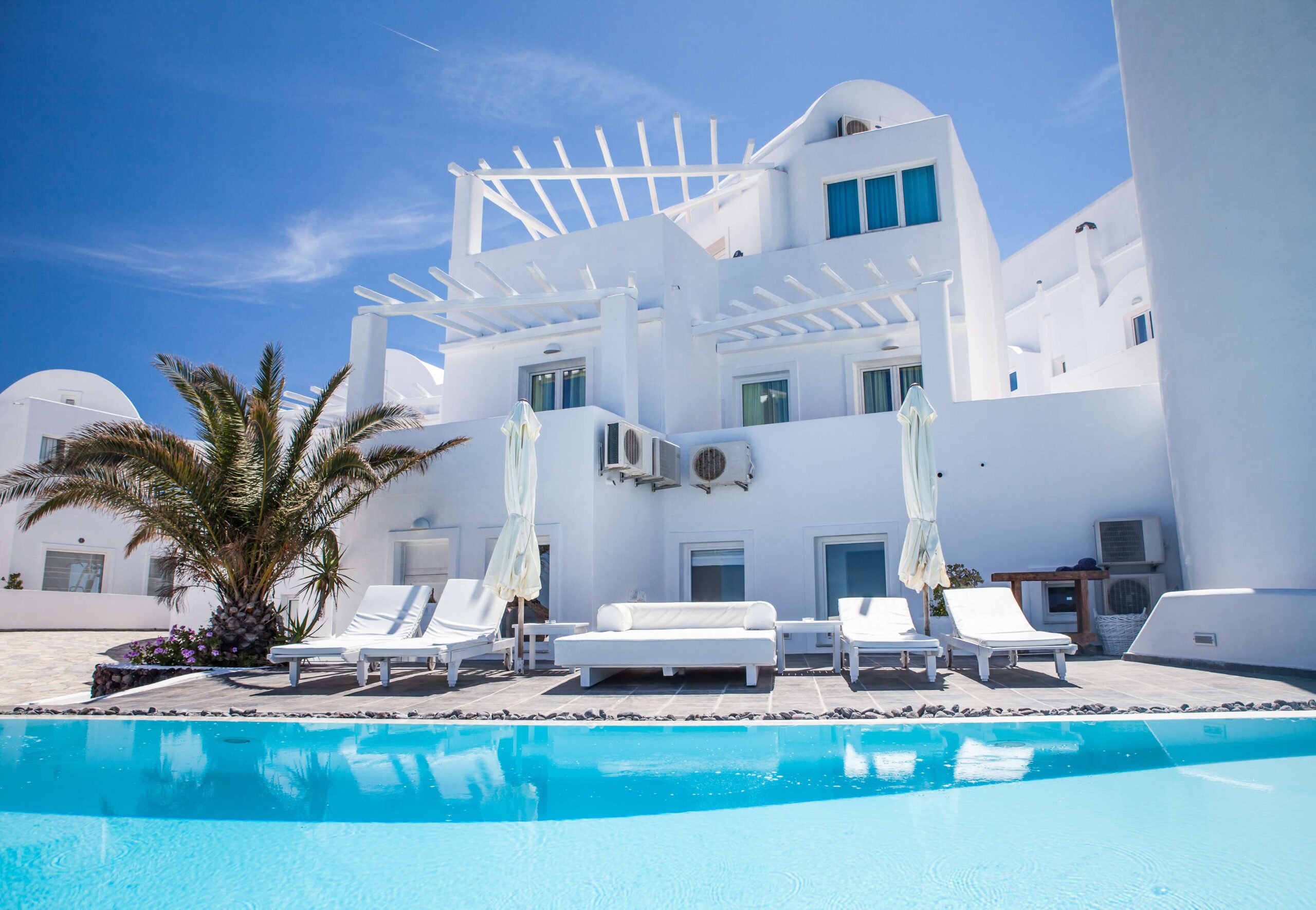How to manage a tourist rental. Guide to buying and renting
Posted by: sebcreativos

In today’s real estate world, tourist rentals have emerged as an attractive option for both investors and owners who want to make their properties profitable effectively. However, managing a tourist rental requires planning, knowledge and diligence to ensure the success and satisfaction of both the owner and the guest.
Step 1: Property Research and Acquisition
Before venturing into the world of tourist rentals, it is crucial to conduct thorough market research and select a property that fits your goals and needs. Some factors to consider include:
- Location: Opt for tourist areas or areas of high demand to maximize the profitability of your investment.
- Necessary Documentation and Permits: Unlike long-term rentals, tourist rentals may require specific permits. Do your research and make sure you comply with all local regulations and requirements. Each Autonomous Community may have different regulations.
- Property type: Apartments, townhouses or villas are popular options for tourist rentals.
- Amenities and services: Consider what additional features, such as a pool, terrace or internet access, can increase the attractiveness of your property to guests.
Once you have identified the ideal property, be sure to perform complete due diligence, including property inspections and review of legal documentation, before proceeding with the purchase.
Step 2: Preparation and Conditioning
Once the property has been acquired, it is time to prepare and condition it for use as a tourist rental. This may include:
- Decoration and furniture: Create a cozy and attractive environment for guests through modern and functional decoration.
- Equipment and amenities: Make sure the property is equipped with all the necessary amenities, such as appliances, kitchen utensils, and bedding.
- Cleaning and maintenance: Establish a regular cleaning and maintenance plan to ensure the property is in optimal condition for each guest.

Step 3: Marketing and Promotion
Once your property is ready to welcome guests, it is crucial to market it effectively to maximize its visibility and attract bookings. Some marketing and promotion strategies include:
- Creation of a profile on vacation rental platforms, such as Airbnb, Booking.com or Vrbo.
- Using high-quality photographs and attractive descriptions to highlight the unique features of your property.
- Implementation of competitive and flexible pricing strategies to attract different types of guests, such as discounts for extended stays or seasonal promotions.
Step 4: Reservation Management and Customer Service
Once reservations start coming in, it’s important to manage them efficiently and provide exceptional customer service to ensure a positive guest experience. Some best practices include:
- Respond quickly to guest inquiries and booking requests.
- Provide detailed information about the check-in process, house rules and local recommendations.
- Be available to resolve any problems or inconveniences that may arise during the guests’ stay.

Step 5: Evaluation and Continuous Improvement
Finally, it is important to carry out periodic evaluations of the performance of your tourist rental and make continuous improvements to maintain guest satisfaction and maximize the return on your investment. This may involve:
- Solicit guest feedback and reviews to identify areas for improvement.
- Make updates and improvements to the property as necessary, such as renovations, updating equipment, or adding new amenities.
- Stay on top of market trends and adapt your rental strategy accordingly to remain competitive.


